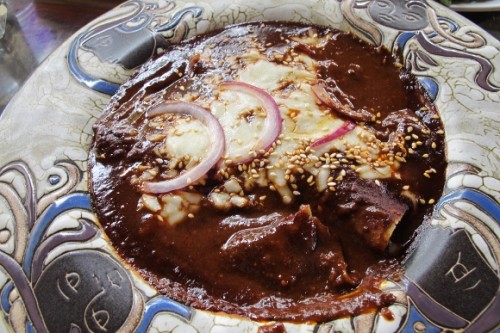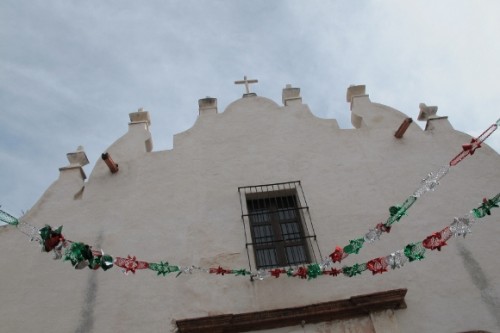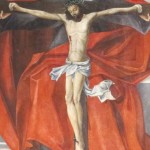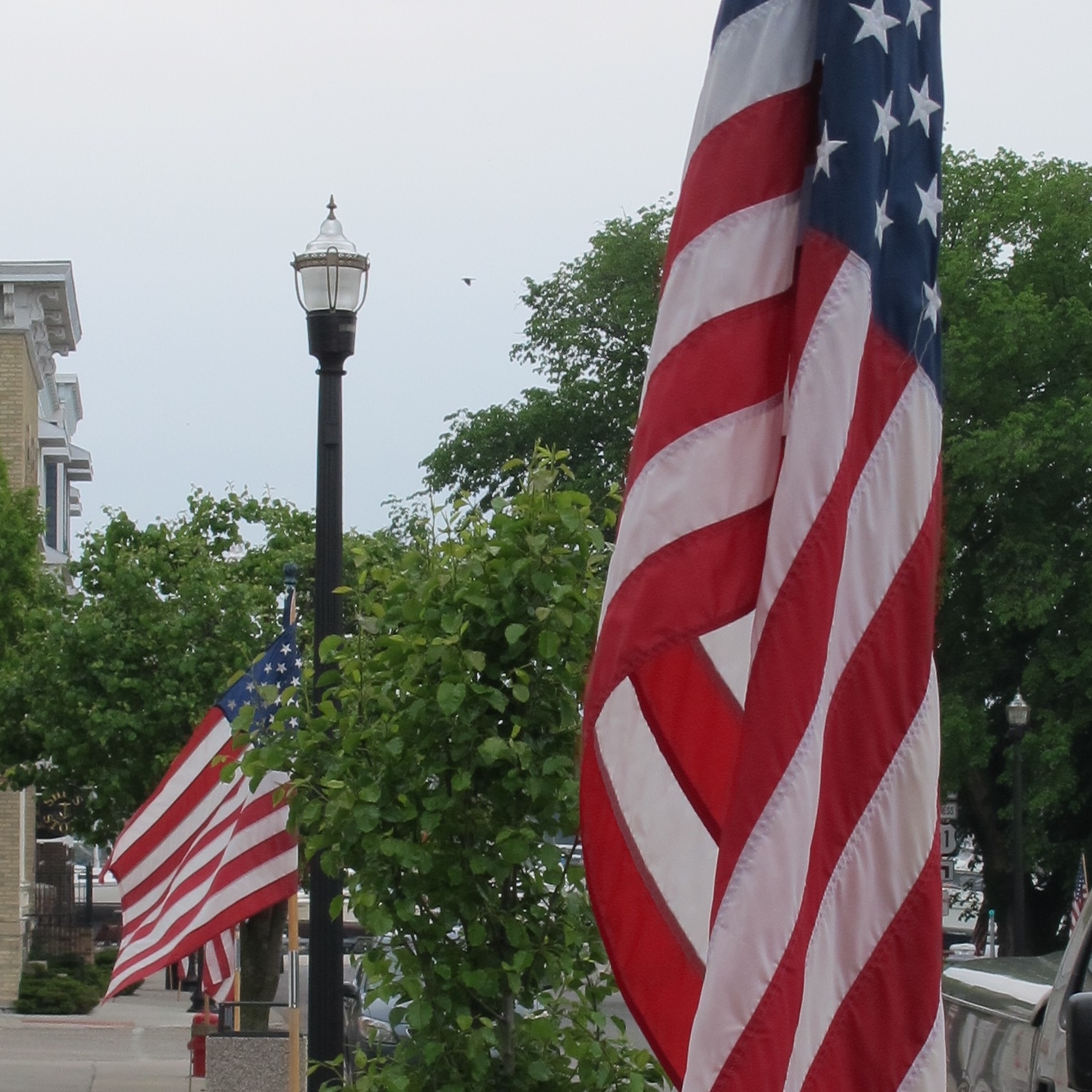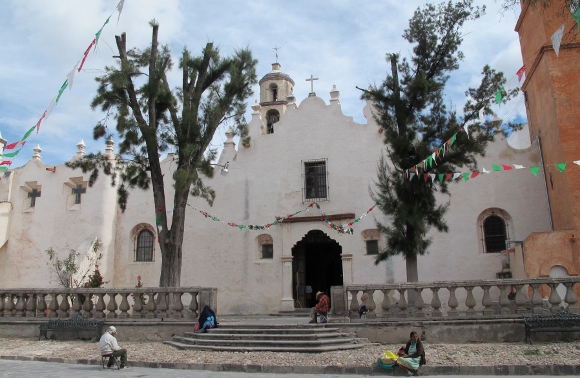
If you’re into Mexican art or the Christian Gospel — but especially if you’re into both — consider tucking a visit to Atotonilco into any future plans you might have to visit San Miguel de Allende in central Mexico. Allow a full morning or afternoon to just sit in the masterpiece that is the Santuario de Atotonilco.
There are lots of good reasons for visitors to San Miguel to budget a day trip to the nearby town of Atotonilco (and take the time to figure out how the heck you pronounce Atotonilco). Here are just four:
- Bathe at the (not too terribly hot) La Gruta hot springs.
- Shop (by appointment) at the upscale folk art store Galeria Atotonilco (lots of sacred art on view).
- Lunch at the Nirvana Restaurant and Retreat. Or splurge and spend the night.
- Spend a full morning or afternoon at the Santuario de Atotonilco.
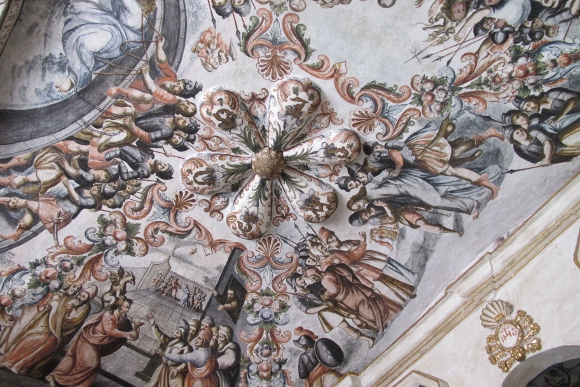
A World Heritage Site, the Santuario de Atotonilco was built in the 18th century by a Father Luis Felipe Neri de Alfaro, who, tradition has it, experienced an apparition of Jesus wearing a crown of thorns and carrying his cross.
The Mexican Baroque mural work on the walls and ceilings of the Santurario is mostly by Antonio Martinez de Pocasangre and took thirty years to execute. The world-class murals have earned the Santuario the nickname “Sistine Chapel of Mexico.”
Too bad for me, time was short and I had less than an hour to contemplate the murals. I was able to grab a few photos of the church, but they don’t begin to capture the
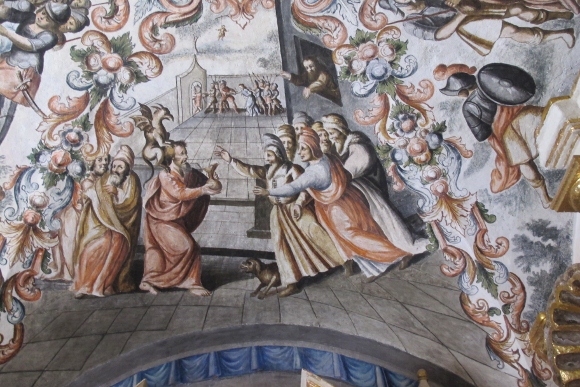
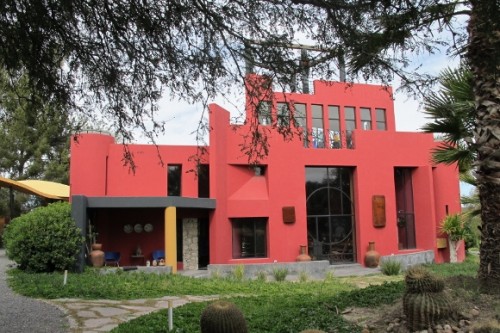
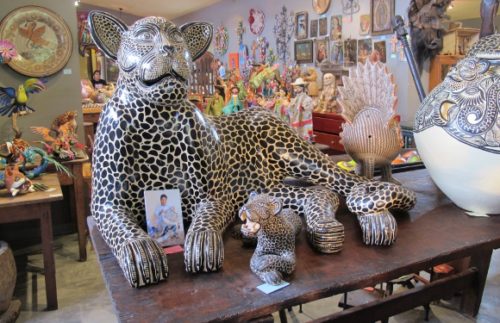
beauty of the intricate paintings, whose artistry is matched by the artist”s uncanny ability to retell the Gospel stories solely with pictures.
So, if you’re into Mexican art or the Christian Gospel consider allowing a full morning or afternoon to just sit in this masterpiece of a church.
Don’t forget to check local listings for hours. Cab fares from San Miguel are affordable.
And . . . it’s pronounced ah-toe-toe-NEAL-coe.
For more on art and spirituality, go to “If It’s Religious, Can It Be Art?” Or read another travel story at “China’s Youngest Fashionistas.” Barbara’s book, “Wrestling with God: Stories of Doubt and Faith,” is available from Patheos Press.
